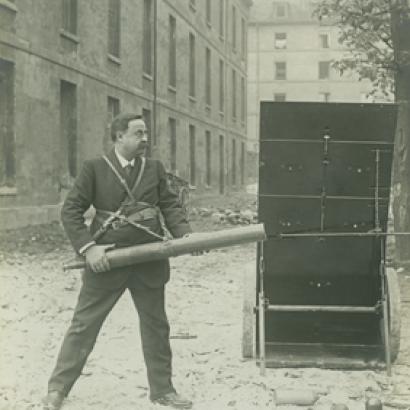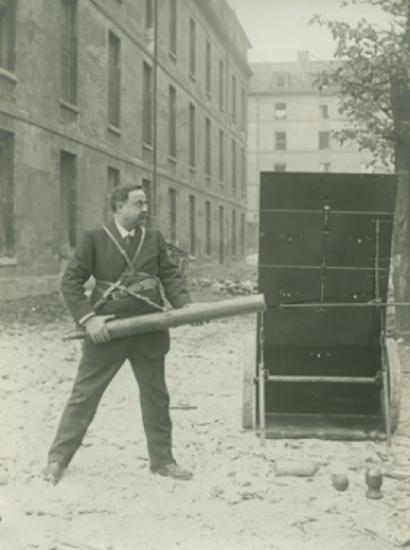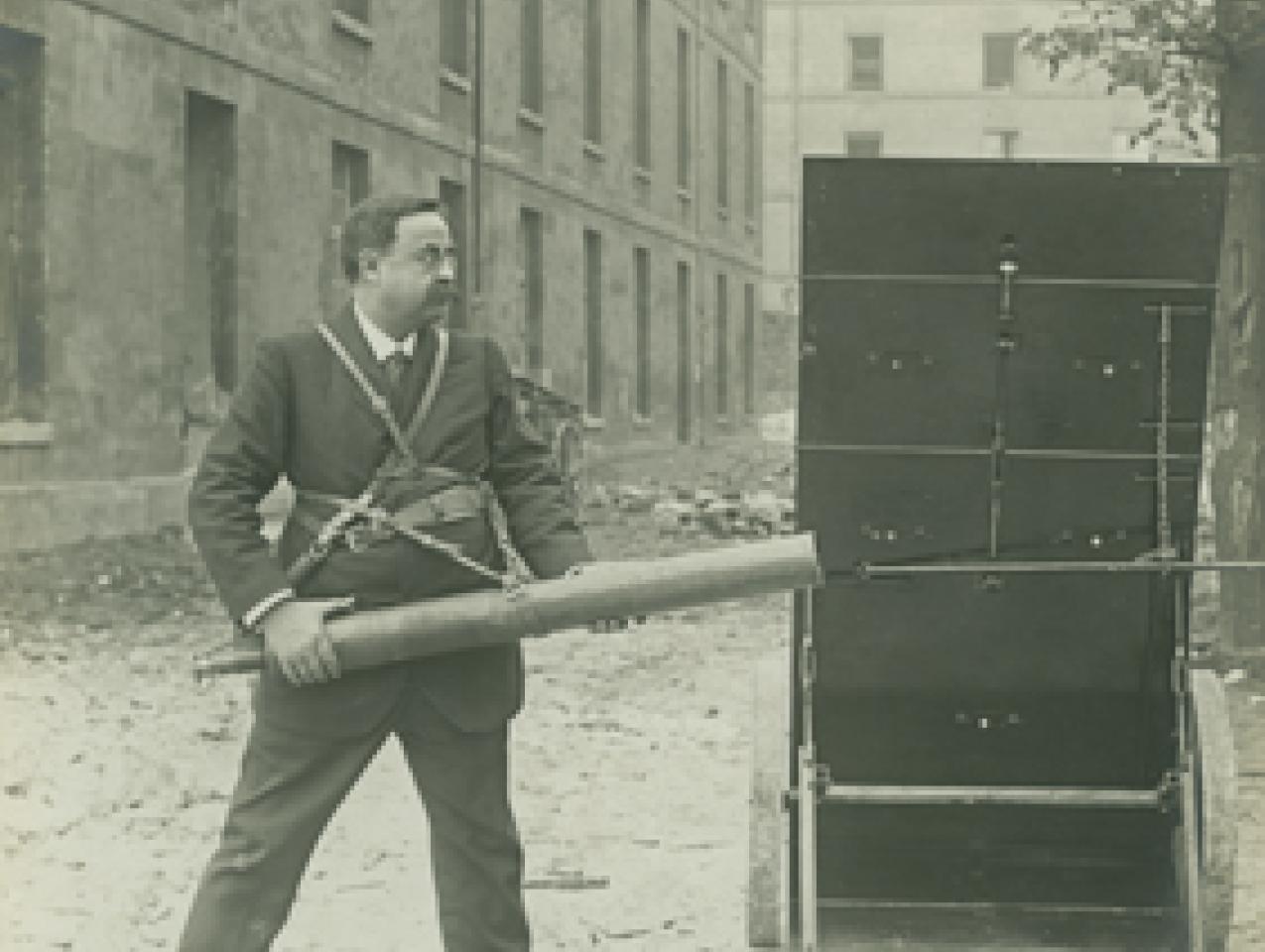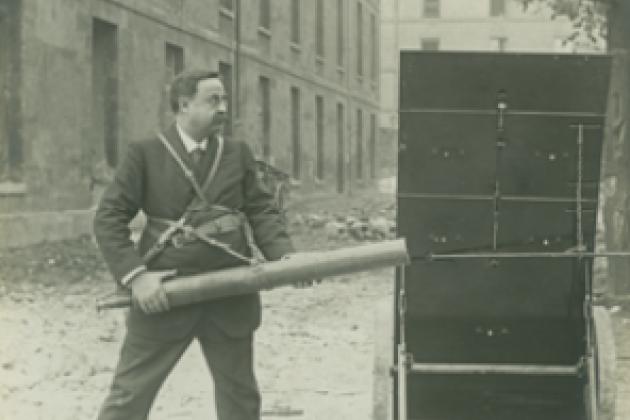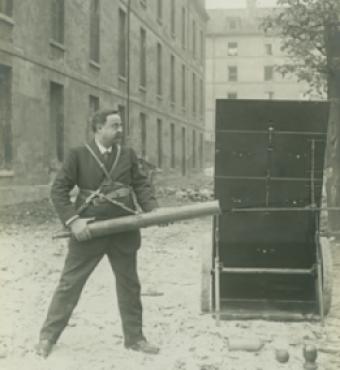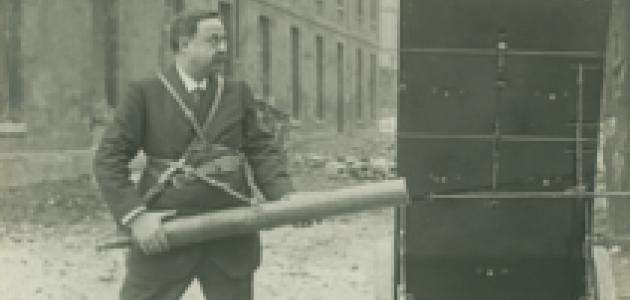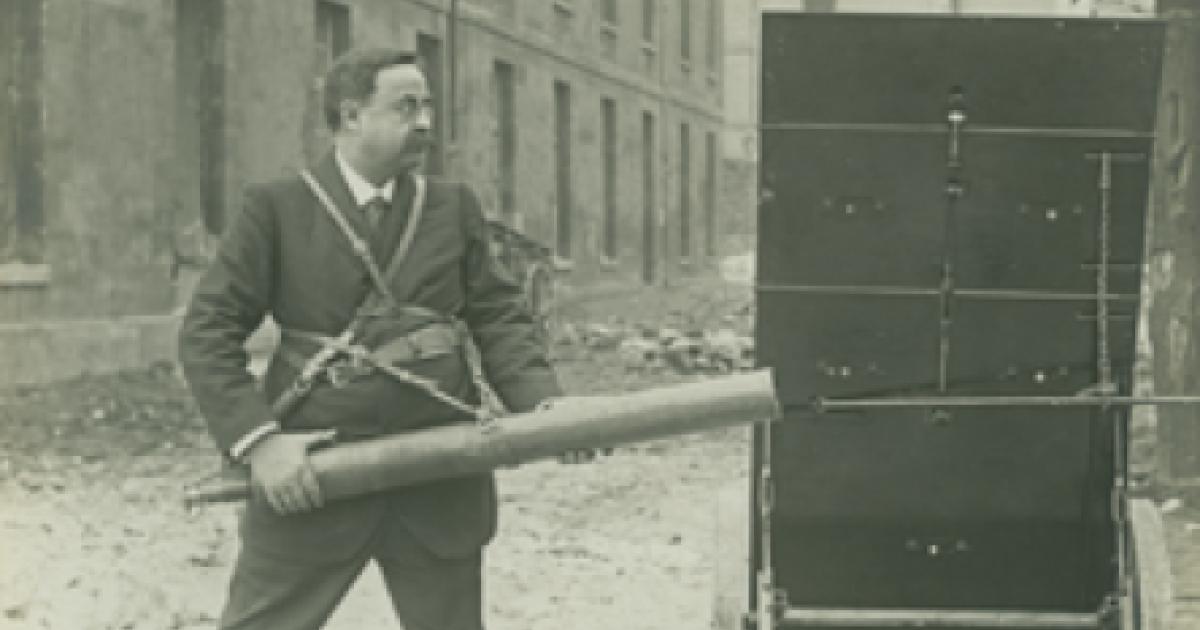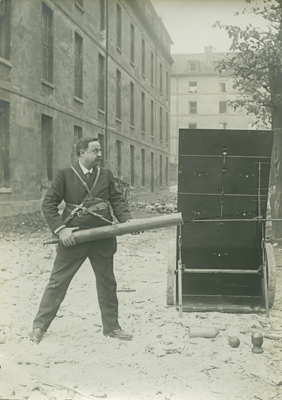
In his magisterial treatise On War, Prussian military philosopher Carl von Clausewitz wrote that war may have its own grammar, but not its own logic. By this he meant that wars are fought for political purposes, and although the means by which they are waged changes over time, the nature of war remains constant. History has witnessed a number of revolutions in military affairs, periods of time in which the grammar of war has changed significantly. In the late Middle Ages, gunpowder made possible the development of firearms and artillery, which in turn caused significant advancements in the art of fortification. In the twentieth century, the invention of the internal combustion engine made possible the creation of mobile armored warfare and with it the tanks, armored personnel carriers, and other mechanized vehicles that have dominated conventional warfare ever since the German invasion of Poland in 1939. More recently, the development of precision guided munitions and the intelligence, surveillance, and reconnaissance systems that enable their effective use has ushered in another revolution in military affairs. But these systems are so expensive that only a few nation-states can afford them; to date, only the United States has fully realized their potential. Saddam Hussein and the Iraqi Army crossed swords with the American military in 1991 and again in 2003, and suffered resounding defeats on both occasions. Why then would another power attempt to fight the U.S. military using conventional weapons and suffer similar consequences?
The answer is that they won’t—at least not until their military forces catch up with American technological and operational capabilities. Although this state of affairs would seem to bolster peace and stability around the world, the end of the Cold War in 1991 has not heralded the end of history. On the contrary, war is a booming business, with civil wars and insurgencies the flavor du jour. Increasingly, combatants are resorting to asymmetric means such as terrorism and guerrilla warfare to achieve their ends. Conventional military forces are usually not the best tool with which to combat these threats. In the past decade the U.S. military has had to revamp its counterinsurgency doctrine and tailor technical and tactical solutions, such as armed drones, to target hard to reach terrorist targets in the Middle East and South Asia. These methods for fighting the brushfire wars of the early twenty first century have some utility in broader conflicts, for every war is comprised of a mixture of offensive, defensive, and stability operations. However, we should be wary that they represent a radical departure from the way major powers will wage war in the future.
At the conclusion in 1815 of the cataclysmic wars spawned by the French Revolution and the Napoleonic era, European statesmen created a stable diplomatic order that largely survived for the rest of the century (aside from regional conflicts in the Crimea and the wars of German unification). Many European soldiers seeking combat duty looked to the small wars of empire, messy conflicts that included counterinsurgency, counterguerrilla, and counterterror operations in their repertoire. At the turn of the twentieth century, informed pundits deduced that another general conflagration was impossible given the close intertwining of European economic and financial systems. The end of history 1.0 died in the ashes and bloodshed of World War I, surpassed in its brutality only by the even deadlier Second World War. Nuclear weapons and the bipolar standoff of the Cold War prevented the United States and the Soviet Union from coming to terms on the battlefield, but that did not prevent the U.S. military from fighting conventional wars in Korea and Southwest Asia, and counterinsurgency wars in Vietnam and a host of third world countries.
Conventional forces seem passé only because we are in the midst of a hiatus of great power conflict. In the meantime, the march of civilization continues, and with it the development of military technology, organizations, and doctrine. New concepts such as cyber warfare can disrupt economies, but it is unlikely that a national leader will surrender to computer hackers. Militaries will add drones to their arsenals, but they will not totally supplant other measures of combat power. The tank, for instance, was created to overcome the problem of moving men across fields swept by machine gun and artillery fire. This problem still exists, and so the utility of the armored fighting vehicle remains apparent. Machines cannot take and hold ground; soldiers do. When at some distant point in the future we find that history has not yet ended, we will also rediscover the utility of conventional military force in wars that will no doubt be nasty, brutish, and not necessarily short.







